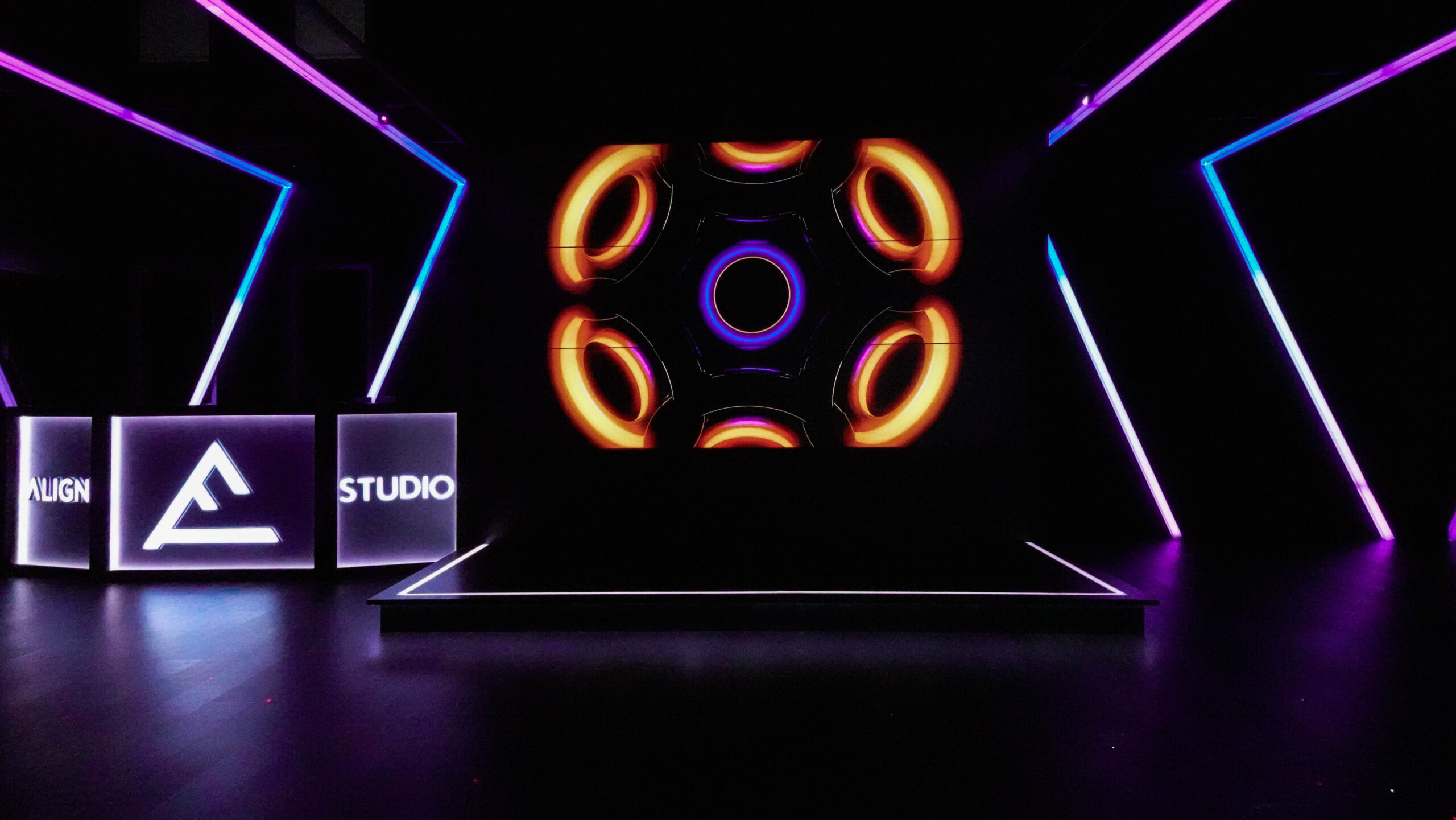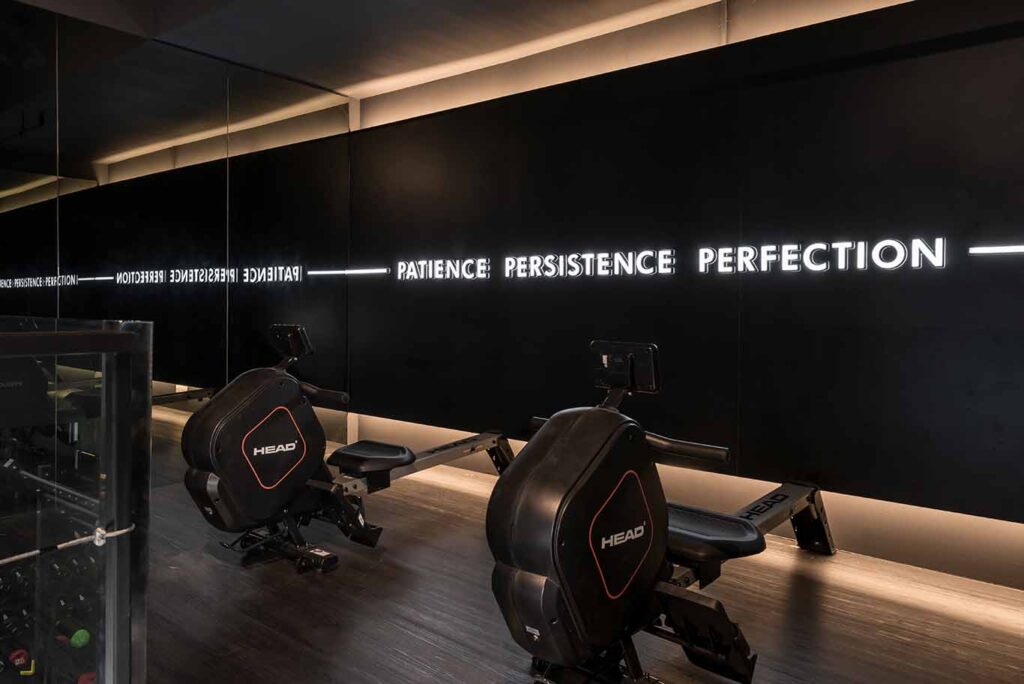The Art of Interior Design: Creating Harmonious Spaces

Designing interiors is an art that transcends the simple act of organizing furniture and choosing the color scheme. It is a comprehensive way of creating beautiful environments that inspire the sense of fashion functionality, aesthetics, and emotional bond. It doesn’t matter if it’s a comfortable living space, an elegant office or a tranquil room, the design of interiors can have the ability to affect your mood, boost the quality of our lives, and express our individuality. In this piece we’ll explore the essential principles behind interior design, and the ways they can be utilized in creating environments that are aesthetic and useful.
One of the main aspects of interior design is the balance. Balance is about distributing visually weight equally across a space, regardless of the layout of furniture, arrangement of art work, or through the use of colors. The symmetrical balance in which the elements are mirrored either one side of the central axis it creates a feeling of formal elegance. On the other hand, the asymmetrical approach allows for an edgier and more diverse appearance. The right balance for an area creates aesthetic equilibrium that appears harmonious for the human eye.
A further important aspect that is essential to interior designs using of colors. The color of a room can determine the mood and create the ambiance for an area. Warm hues like orange, red and yellow are able to make a warm and welcoming environment, whereas cool colors such as green and blue create a feeling of peace and calm. The understanding of color theory and its psychological implications can help interior designers choose the right colors that are in line with the mood desired and the purpose of a space. Furthermore, the application of color accents can bring visual excitement and make areas of interest within the space.

Planning space is an essential element of interior design company in malaysia particularly in smaller or unorthodoxly designed rooms. It is the process of deciding on the ideal arrangement of furniture and other accessories in order to increase functionality and flow. A well-planned space plan is based on the function of the space and the tasks that be conducted within it, as well as the requirements of people who live there. Through careful consideration of the flow of traffic, maximizing storage space, and providing proper lighting, a interior designer can make an unorganized space into an inviting and functional place.
Texture is a key element in interior design. It adds the illusion of depth and tactile appeal to the space. Through the use of a variety of textures like smooth materials or rough wood surfaces or shiny metallic finishes Designers can make an aesthetic contrast as well as a rich and layered atmosphere. The use of textures not only improves the appearance of a space however they also offer a sensual experience, adding warm and richness to the overall look.
Lighting is a key aspect of interior design and will significantly impact the atmosphere and function of an area. Light that is natural light is extremely desired since it gives a feeling of spaciousness as well as an outdoor connection. In situations where the natural light is not available, lighting choices, including overhead lighting fixtures or task lighting accent lighting, are cleverly used to highlight the different spaces and generate various atmospheres. The right lighting layout can change an area from boring empty and lifeless into vibrant and welcoming.
Leave a Reply